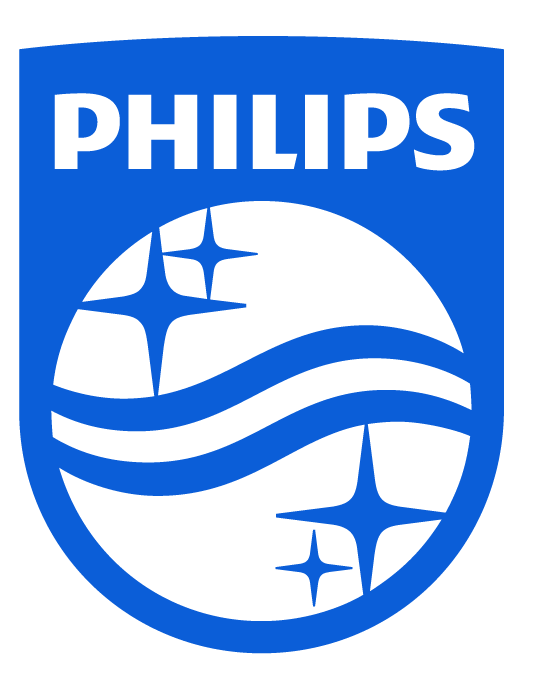At a glance
As a market leader, Philips needs an optimized, modernized and cloud-focused IT environment that enables its business to be agile, efficient and innovative at a rapid pace. By integrating high-performance service management and delivery, Philips has streamlined its application landscape while taking full advantage of the agility, flexibility and efficiency of cloud.
Outcomes
-
- Simplified, future-proof IT landscape
- Cloud-first strategy
- Improved performance
- Better end-user experience
- Lower operating costs
- Faster innovation
With a history of innovation stretching back over 130 years, Philips has transformed over the last decade into a leader in health technology that strives to enhance people’s health and wellbeing. By 2030, the company aims to improve the lives of 2.5 billion people a year, including 400 million in underserved communities.
Time to float on a hybrid cloud
As a result of its rapid and organic growth, Philips had a diverse and disparate IT landscape that involved a variety of different IT partners. As one of Philips’ strategic IT partners, Atos was selected to design and implement a two-year IT transformation program to build a hybrid cloud model. The goal was to rationalize and modernize Philips’ IT services and management while reaping the benefits of moving to the cloud. Philips wanted its IT to be as efficient and closely aligned to its business as possible, focused on meeting the needs of end users and providing the flexibility to meet its evolving business and technology requirements.
Streamlining IT service delivery
By eliminating siloed IT services, Atos designed and implemented an integrated stacked management structure for technology services. Instead of multiple organizations and touchpoints, Atos proposed a single organization with end-to-end responsibility for everything from application support to managing cloud infrastructure.
To create this structure, Atos did the following:
- Reconfigured the IT landscape into stacks and business services
- Structured, harmonized and modernized multiple IT operating models
- Rationalized and consolidated all related business processes
- Transitioned all IT services to the full-stack management model
Keeping a finger on the pulse
The new approach is based on a vertical application-based stack instead of a horizontal one with different service elements. By simplifying the IT landscape, Philips was able to take a service-based approach, with each application and infrastructure component clearly mapped to each service. A dashboard called Bridge provided an interactive way to monitor and report on 50 end-to-end business processes and related SLAs. For the first time, Philips and its partners could monitor, measure and manage IT performance based on business outcomes.
Philips is now cloud-ready
Philips is one of the first global companies to have fully migrated its application landscape to the public cloud. Together, Atos with AWS and Philips designed and implemented a cloud transformation program to move over 360 tier-1 applications (including SAP) into a hybrid public/private cloud, delivered largely in a software-as-a-service model. Atos also introduced best-in-class DevOps practices in the new, transformed digital landscape, to accelerate time to market and provide Philips with a more agile environment for its critical business applications.
Betting on the bots
With sole responsibility for the full stack, Atos introduced wider use of automation to reduce costs and increase the speed and accuracy of services, including IT support and deployment. Using automation technologies such as SyntBots, cloud automation, zero touch, self-healing operations and AI, Atos was able to significantly improve performance and efficiency, as well as control cloud costs.
A win-win situation
The transformation program at Philips has enabled Atos to take end-to-end ownership of its services, understand the business needs and focus more clearly on outcomes. With just one business owner, Philips has reduced its total cost of ownership (TCO) of IT by over 25%, from design to management.
This has resulted in:
- Higher IT performance
- Better end-user experiences
- Faster deployment
- Faster innovation and time to market
- End-to-end cybersecurity
In it for the long haul
As a result of a long-term relationship with Philips and knowledge of its technology landscape, Atos was able to carry out a successful transformation program within a restricted timeframe. The platform, Bridge, was instrumental in attaining this success and showing the benefits to all stakeholders.
Philips and Atos continue to work together to enhance Philips’ digital landscape.
Why Atos for cloud transformation
On the journey to the cloud, no path is the same. Atos builds cloud and hybrid cloud data infrastructures to help Philips to navigate and execute cloud transformations that reduce risk and cost, while maximizing business value. As a long-time partner, Atos knew the complexity of the Philips application and infrastructure landscape, and was able to guide Philips into the public cloud minimizing the risks to Philips business. For this case there was also close cooperation with AWS.
Related resources
Podcast
Adaptability, responsiveness and resiliency: the need for cloud services in healthcare
Atos HLS digital solutions help organizations clarify business objectives while pursuing safer, more effective processes to manage costs and engagement across the care continuum.
Atos Solutions
Atos OneCloud for healthcare
De-risking your dependence on aging infrastructure while simultaneously delivering innovation.
Atos Solutions
Solutions for healthcare providers
Atos leverages current and future disruptive technologies to design and operate digital healthcare platforms to provide better outcomes for patients, clinicians and society.
More client stories



